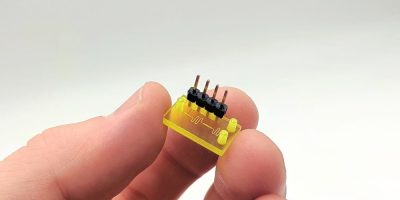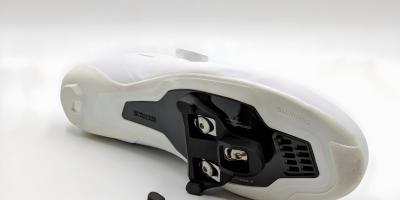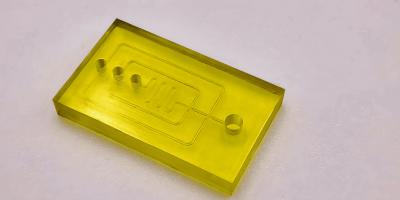IPFL, a precision plastic component manufacturing leader since 1969, has always embraced cutting-edge technologies to deliver high-quality solutions across various industries. Recognising the specific challenges faced by the cycling community, IPFL has leveraged HP Multi Jet Fusion (MJF) 3D printing technology to address the issues of durability and cost efficiency in cycling shoe cleats.
HP Multi Jet Fusion (MJF) 3D Printing
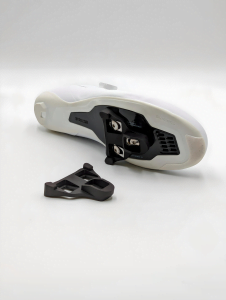
Cycling shoe cleats are critical for secure pedal engagement and offer other benefits in efficiency and control to keen cyclists in both road and all-terrain applications. But the cleats often wear out too quickly, posing safety risks and incurring high replacement costs. Cyclists can need to replace their shoe cleats four times per year or more if they cover a high mileage with a lot of engagement/disengagement cycles, which cause the majority of wear.
Traditional materials and manufacturing methods fail to provide the necessary durability without compromising cost or causing damage to pedals and floors. Cyclists also find that the common mass-produced cleats do not always ideally match the shape and fit of their preferred shoes, requiring compromise in either comfort or security. Cyclists need a solution that offers toughness, cost efficiency, and the flexibility to adapt individual designs quickly.
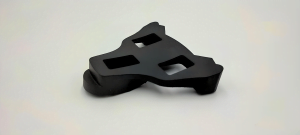
3D printing offers a tempting solution to this challenge, with consumers being able to print individual cleats to their preferred – or even a custom – design at minimal cost.
However, the common materials and techniques available with consumer-grade 3D printers, or even many common commercial 3D printing services, have their own drawbacks. The common consumer-grade 3D printing methods, using built-up horizontal layers of thermoplastic, do not produce parts with the required multi-directional structural strength and integrity needed to withstand the forces imposed by cycling. They can also lack the precision to interface cleanly with OEM cycling shoes and other equipment and may need post-printing hand finishing.
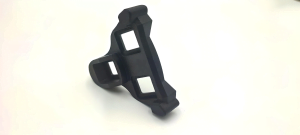
IPFL has implemented HP Multijet 3D printing using PA12 material to produce cycling shoe cleats that meet these stringent requirements and address these common shortcomings. PA12 is a nylon polyamide thermoplastic known for its toughness, wear resistance, density, and repeatable dimensional accuracy. In this specific application, these properties of PA12 provide the ability to withstand the high torque of pedalling and the abrasions of walking.
The combination of the MJF 3D printing technology, using heat and pressure to produce homogenous items, and the toughness and accuracy of PA12 provide the means to bring the advantages of 3D printing to the field of cycling shoe cleats.
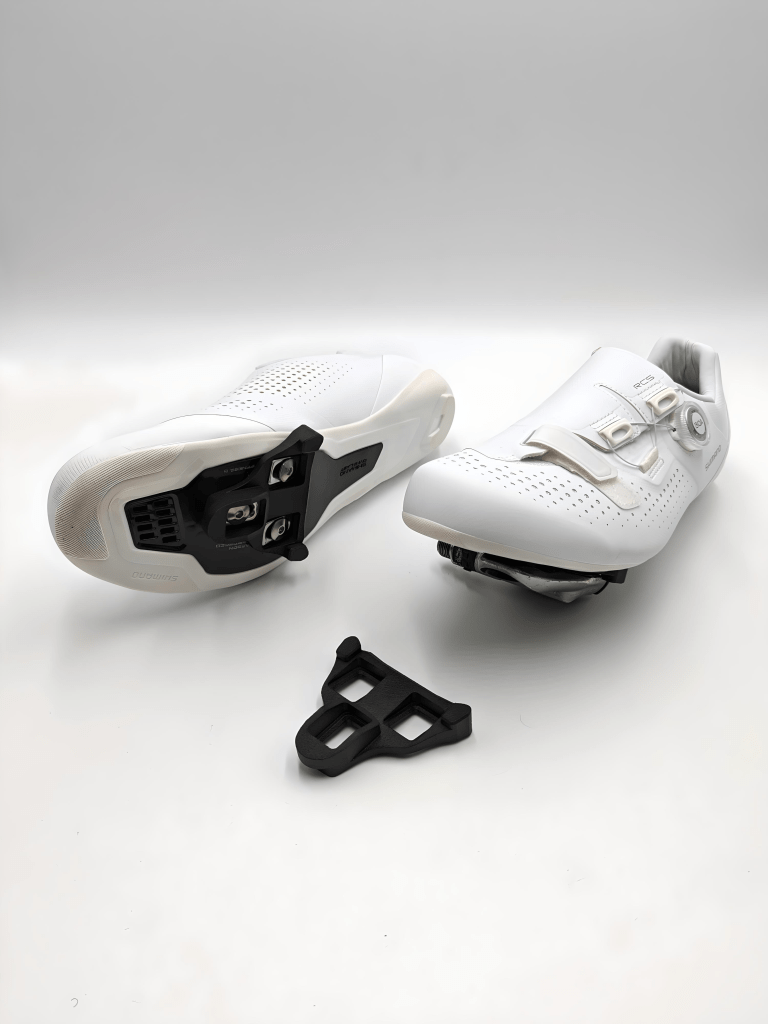
The material selection is the key to this solution. With its superior mechanical properties, PA12 provides the durability necessary to not just match the lifespan of existing cycling cleats but extend them while remaining lightweight and cost-effective.
This allowed the many benefits of 3D printing to be unlocked – especially the possibilities of design customisation and rapid prototyping. The project focussed on the development of a new cycling shoe cleat model. The use of PA12 allowed the creation of a cleat that resists the usual wear and tear incurred in pedalling, clipping/unclipping, and walking while wearing cycling shoes with cleats fitted.
Using the HP MJF technology, IPFL can quickly iterate and tweak cleat designs based on feedback. This includes individual feedback and preferences, ensuring optimal performance and fit. Without the tooling or setup requirements needed in traditional manufacturing, this significantly reduces the time and cost of each iteration.
With the general design and specific iteration in place, IPFL’s 3D printing allows on-demand production. This eliminates the need for extensive inventory and reduces storage and overhead costs. It also ensures that clients receive the latest design enhancements immediately. On-demand production also minimises waste and lowers overall costs by ensuring that only the necessary quantities of each product or iteration are produced.
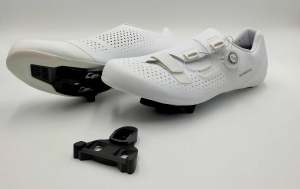
Overall, the integration of HP Multi-Jet Fusion 3D Printing for cycling shoe cleats by IPFL has delivered several key benefits.
For cyclists, this technology and the resulting product promise significant cost savings. These come from both the lower initial cost of the cleats and their increased durability thanks to PA12 material, giving extended life and meaning that new cleats have to be purchased less frequently.
The material and the production process also make these cleats with greater precision than many other previous 3D printing attempts or non-OEM offerings, enhancing control and reducing the risk of accidental unclipping.
Cyclists can also benefit from the inherent flexibility of the design and manufacturing process that IPFL’s 3D printing can bring. They can customise and adapt the cleats to their own needs and preferences, offering better comfort, fit and control. They also gain the ability to have cleats to their personal specifications made whenever needed.
This allows providers to offer a better service to customers while also benefitting from reduced time, cost, and waste thanks to the on-demand manufacturing process.
If you’d like to see results such as these for your business, be sure to contact us for a quote.
